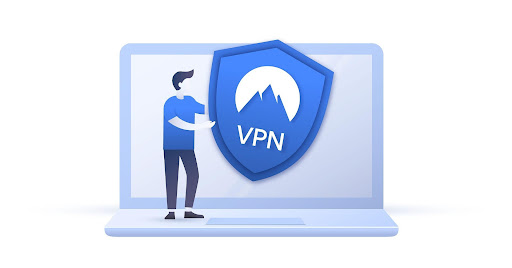If you think workforce scheduling is for the industry sharks with tags of big corporation names hanging on their deck, you are mistaken. Workforce schedule software can prove as an invaluable tool for any business that wants to keep its workload on track and projects on schedule, and construction businesses are no exception. As technology continues to evolve at a marvelous pace, the integration of workforce schedule software can be a game-changer for key players in the construction industry.
From resource utilization to improving the overall efficiency of projects, there are many ways in which a workforce scheduling tool can aid a construction enterprise. Wondering how to pick the right scheduling software tailored for your unique workload or construction projects? We might have some information for you!
#1 Project Complexity and Scalability
Construction projects can vary exceptionally in complexity and scope. Therefore, it is imperative to select a workforce scheduling software that aligns with the complexity of your projects. A one-size-fits-all solution might not suffice for projects with intricate dependencies, multiple stakeholders, and numerous subtasks. Consider whether the software can handle the intricacies of your project and whether it can scale to accommodate potential future growth in project size and complexity.
#2 Integration Capabilities
A successful construction project relies on the seamless interaction of various software tools, such as project management, accounting, and design software. Before committing to workforce scheduling software, ensure it integrates smoothly with your existing tools. This integration not only saves time but also prevents data discrepancies and ensures a holistic view of project progress.
#3 Resource Allocation and Optimization
Efficient resource allocation is the cornerstone of project success. A robust workforce schedule software should possess advanced algorithms that consider factors such as worker availability, skillsets, certifications, and geographical location. This enables optimal resource allocation, reducing downtime and enhancing productivity. Look for software that offers real-time visibility into resource allocation, empowering you to make informed decisions.
#4 Mobile Accessibility
Construction projects are inherently mobile, with supervisors, project managers, and workers frequently on the move. Hence, the software you choose should offer mobile accessibility, allowing stakeholders to access schedules, update tasks, and communicate regardless of their location. Mobile compatibility fosters real-time communication and decision-making, which is essential for seamless project execution.
#5 Collaboration and Communication Features
Effective collaboration and communication are vital for project coordination. Evaluate the software’s features for communication among team members, task updates, and notifications. Look for features like instant messaging, automated alerts, and the ability to share documents within the software platform. A well-connected team translates to fewer delays and enhanced project transparency.
#6 Customization and Flexibility
Each construction project comes with its own unique requirements and workflows. Workforce schedule software should be customizable to align with your project’s specific needs. Assess the software’s flexibility in accommodating different project types, work structures, and scheduling preferences. A customizable solution ensures that the software works for you rather than the other way around.
#7 Data Security and Privacy
In an era of digital transformation, data security is paramount. Construction projects involve sensitive data, from employee information to project plans. Before finalizing a software choice, scrutinize the provider’s data security measures, including encryption, access controls, and compliance with industry standards. A breach in data security could lead to costly consequences and reputational damage.
#8 Ease of Use and Training
The effectiveness of any software hinges on its adoption by the team. An overly complex software solution can lead to resistance and underutilization. Prioritize software that offers an intuitive user interface and requires minimal training for team members to get acquainted with its features. A user-friendly system accelerates the onboarding process and ensures that the software becomes an asset rather than a burden.
#9 Analytics and Reporting
Data-driven insights drive continuous improvement in construction projects. The workforce schedule software should offer robust analytics and reporting features that provide actionable insights into project performance, resource utilization, and scheduling efficiency. The ability to generate comprehensive reports aids in identifying bottlenecks, optimizing processes, and making informed strategic decisions.
#10 Vendor Support and Updates
Investing in workforce schedule software is a long-term commitment. Therefore, thoroughly evaluate the vendor’s reputation for customer support, training, and updates. A responsive and reliable vendor will assist whenever issues arise or when updates are required to stay aligned with industry trends and technological advancements.
Conclusion
Undoubtedly, these tips can lay the groundwork for finding a resource scheduling software, but even when a technology ticks all the boxes, try to go for a reliable software provider familiar with the nerve of the industry. Gone are the days when outdated technology ruled workforce management because now construction businesses rely on avant-garde workforce scheduling solutions integrated with timesheets, and more. What are you waiting for? Switch to a smarter way of scheduling now!







